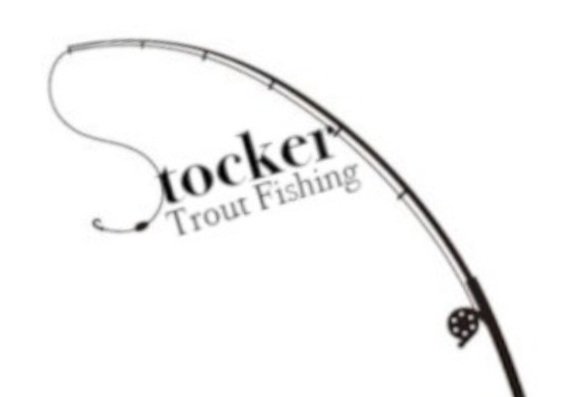Tippet Size Chart
Tippet size matters in fly fishing because it plays a significant role in the success and efficiency of your angling experience. The tippet is the thin, clear line that connects the leader to the fly. Selecting the appropriate tippet size is essential for several reasons:
Presentation: A well-matched tippet size helps you achieve a natural and delicate presentation of the fly on the water's surface. This presentation is crucial because it mimics the movement of real insects and entices fish to bite. Using a tippet size that is too thick may cause the fly to land awkwardly, while a tippet that is too thin may not provide enough support for the fly, affecting its movement and presentation.
Stealth: A smaller tippet diameter is less visible to fish, increasing the chances of them taking the bait. Fish can be highly sensitive to their environment and may shy away from thick or conspicuous lines. By using an appropriately sized tippet, you can minimize the risk of scaring away your target fish.
Strength: Tippet size directly affects the line's breaking strength. Using a tippet that is too thin for the size and strength of the fish you're targeting may result in breakage, while a tippet that is too thick may be unnecessarily strong and cumbersome. Matching the tippet size to the expected fish size and species ensures a balance between stealth and strength.
Wind resistance: The tippet size can also impact how your line behaves in windy conditions. Thicker tippets are more resistant to the wind, making it difficult to cast accurately and reach your desired target. On the other hand, thinner tippets cut through the wind more easily, providing better accuracy and control during casting.
Knot strength: Tippet size influences the type and strength of the knots you can tie. Thicker tippets may require larger, more complex knots, which could affect the line's overall strength and performance. Using an appropriate tippet size for the fly and leader ensures that your knots remain secure and maintain their strength throughout your fishing session.
In conclusion, tippet size is a critical aspect of fly fishing, as it affects presentation, stealth, strength, wind resistance, and knot strength. By selecting the right tippet size for your target fish species, environmental conditions, and chosen fly, you can greatly improve your chances of success on the water.
Tippet Size Chart
| Tippet Size | Pound Test | Fly Sizes | Diameter (inches) | Diameter (millimeters) |
|---|---|---|---|---|
| 8X | 1.75 lb | 22-28 | 0.003" | 0.0762 mm |
| 7X | 2.5 lb | 18-24 | 0.004" | 0.1016 mm |
| 6X | 3.5 lb | 16-20 | 0.005" | 0.127 mm |
| 5X | 4.75 lb | 14-18 | 0.006" | 0.1524 mm |
| 4X | 6 lb | 12-16 | 0.007" | 0.1778 mm |
| 3X | 8.5 lb | 6-12 | 0.008" | 0.2032 mm |
| 2X | 11 lb | 4-8 | 0.009" | 0.2286 mm |
| 1X | 13.5 lb | 2-6 | 0.010" | 0.254 mm |
| 0X | 15.5 lb1-4 | 0.011" | 0.2794 mm |
